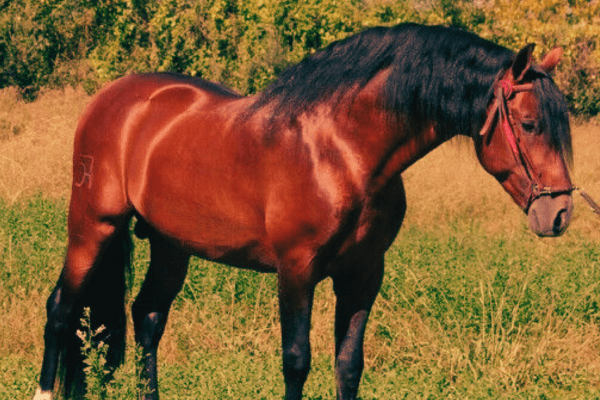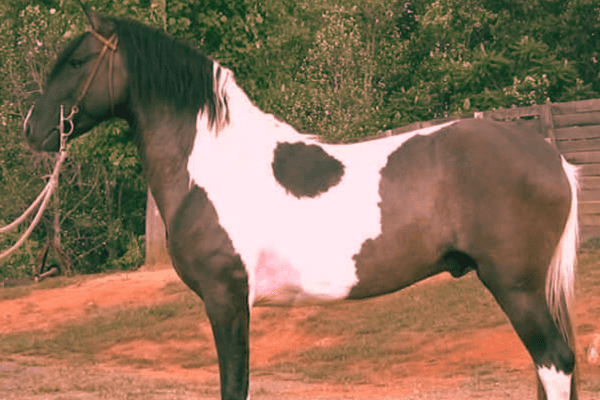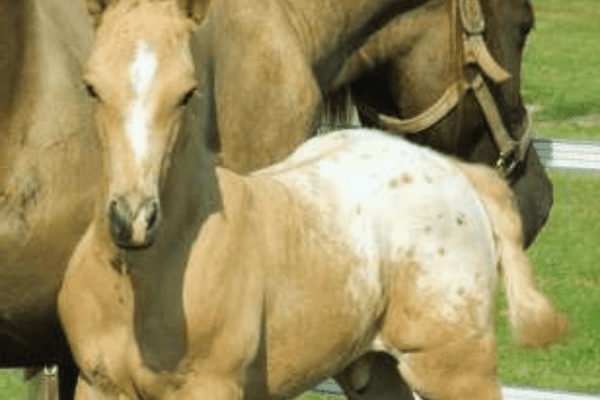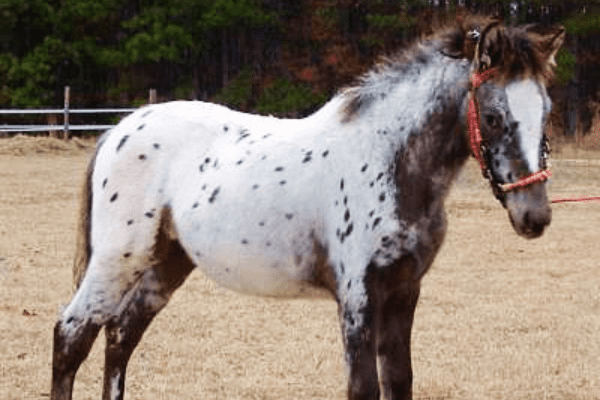The Spanish Jennet Horse emerges as a contemporary breed, thoughtfully crafted to mirror the qualities of the historic Spanish Jennet. Renowned for its compact size and agility, the ancient Jennet was a staple of Spanish horsemanship.
This modern iteration is an artistic reimagining, blending the traditional gaited movements and the vibrantly colored coat typical of its forebears. With its agreeable nature, rhythmic gaits, and a physique that exudes strength, the Spanish Jennet offers a unique combination of historical elegance and modern equine genetics.
History:
The Spanish Jennet Horse has played an emblematic role in equine history from medieval to contemporary times, marking significant moments along its path that reflect both its historical and cultural importance. These include notable points that showcase its journey.
Medieval Origins and Nomenclature:
Medieval Europe and Spain used the word “jennet” to refer to certain kinds of horses with smooth gaits; typically these horses were known as “jennet”.
This term focused more on the individual characteristics of each horse rather than formal breed designation.
16th-Century Spanish Equine Landscape:
At that time, horse breeds were less defined than they are today.
In Spain, horses were more often identified by their qualities and capabilities rather than by breed.
Claudio Corte’s Observations:
Claudio Corte, in his treatise “Il Cavallarizzo,” highlighted jennets for their effectiveness as warfare weapons within Spanish cavalry units.
Artistic Depictions:
The Venafro Castle’s frescoed walls serve as tangible evidence of Jennet’s existence, depicting horses that appear similar to modern breeds like Peruvian Paso and Criollo horses, thus suggesting an uninterrupted lineage.
Selective Breeding in Spain:
The Jennets of Spain displayed remarkable consistency due to selective breeding practices conducted during the Middle Ages.
Breeding was designed to produce horses suitable for “la jineta,” an aggressive riding style requiring agility and endurance.
Regional Naming Traditions:
Jennets were commonly named after their regions or families of origin, giving each one its own personalized identity.
Evolution and Migration:
With the migration of Iberian horses to North America, their Spanish Jennet lineage spread, impacting breeds such as Peruvian Paso and Paso Fino.
Preservation Efforts by the Spanish Jennet Horse Society:
The Society plays a vital role in safeguarding this breed.
Pintado and Atigrado divisions adhere to stringent registry standards designed to preserve their heritage and keep the breed pure.


Characteristics:
The Spanish Jennet Horse stands as a testament to equine beauty with its combination of vitality, strength and elegance. Comprising both Pinto Paso and Paso Tiger Horse breeds, its breeders demonstrate its special heritage while simultaneously making use of functional agility in its horses’ performance.
Size and Proportions:
The Spanish Jennet Horse is highly prized for its well-proportioned build. These beautiful horses usually stand between 13.2 to 15.2 hands in height.
This breed’s appearance eschews extreme muscle, preferring an elegant appearance that emphasizes agility rather than bulk.
Head and Facial Features:
The head of a Spanish Jennet is medium-sized, featuring an elegant, slightly convex Spanish profile.
Its large, intelligent eyes are well-spaced apart and indicate alertness and an attractive temperament.
Features like long, oblong nostrils, a refined muzzle, and medium ears with well-shaped interiors all contribute to its aristocratic appearance.
Neck and Carriage:
This neck has been designed for maximum ease and pride of carriage with graceful arched, non-crested curves that support an open carriage style and flexibility.
Set high, this device allows the horse to maintain nearly vertical head carriage without experiencing stiffness from vertical neck insertions.
Body and Build:
The Spanish Jennet features an open back shoulder design to allow for freedom of movement and reach.
The chest is deep, featuring well-sprung ribs and strong medium-length back with broad muscular loins.
The croup is an angular but rounded profile, featuring an integrated hip point and medium to low tail set worn “a la bandera.”
Legs and Movement:
Wedgetail legs can be identified by their “dry” appearance with prominent joints and long bones that form distinctive marks on them.
Short and sturdy cannons support the horse’s sturdy frame.
While in motion, an occasional slight paddling movement of the front legs can be observed to contribute to their smooth gait.
Rear legs positioned properly under the horse’s body enhance its natural agility.
Mane and Tail:
The Spanish Jennet boasts an exquisite mane and tail, often sporting double manes for added elegance and splendor.
Each of these characteristics contribute to the distinctive identity of the Spanish Jennet Horse; an amalgam of historic elegance and functional agility that represents not only its ancestry but also modern standards of equine excellence – making this breed one of the most highly prized possessions within equestrian circles.
Temperament and Versatility:
Spanish Jennets are prized horses for their intelligence and gentle temperament, making them suitable companions for riders of all skill levels.
From dressage and show jumping to therapeutic riding programs, their versatility shines through in various equestrian disciplines such as dressage or show jumping; with their calm demeanor and willingness to learn making them ideal companions both competitively and recreationally.


Conservation and Breeding:
Today, this breed is protected by passionate breeders who strive to preserve its historical traits while assuring genetic diversity and health.
Organizations such as the Spanish Jennet Horse Society are pivotal in upholding breed standards and showcasing their special qualities.
Cultural Impact:
The Spanish Jennet’s cultural influence can be seen throughout art, literature and history.
They have been immortalized in paintings and sculptures while their elegance and strength have been celebrated in countless historical accounts.

